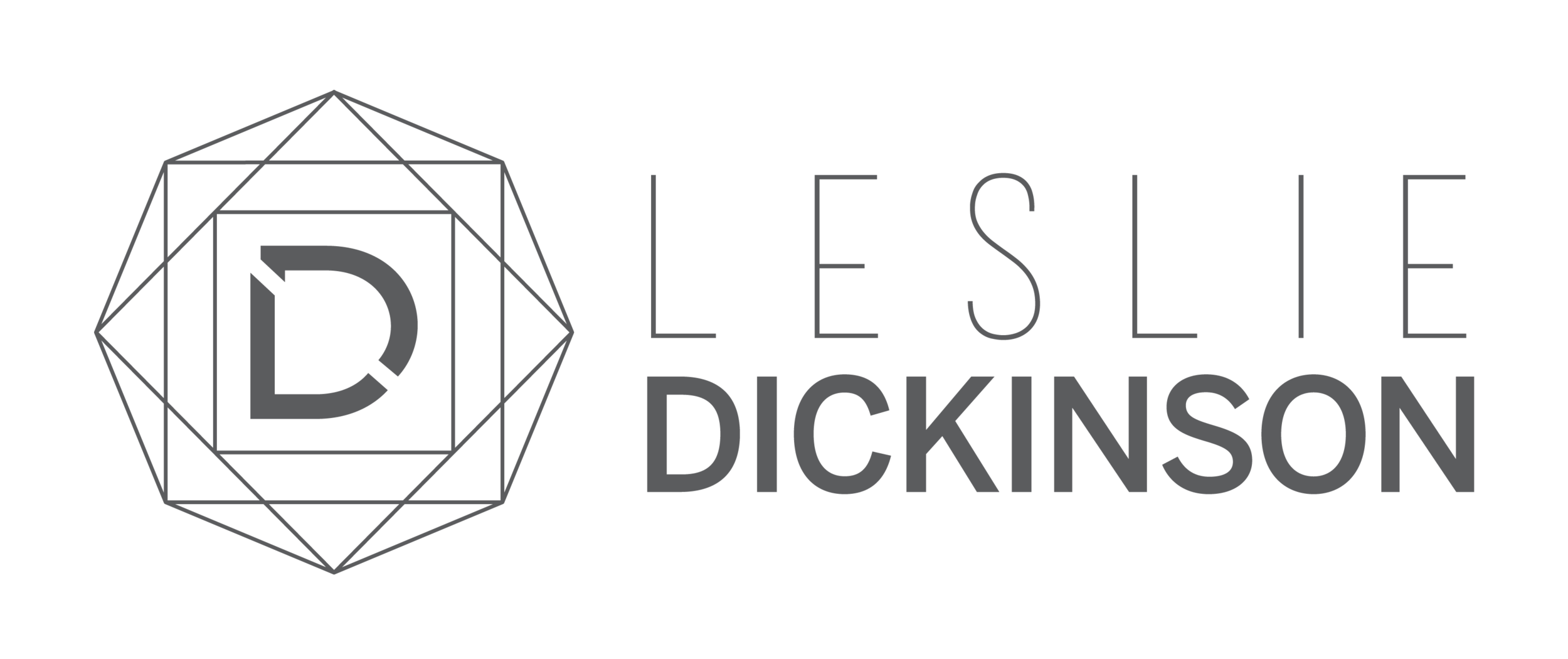Millennials and Baby Boomers: How Two Seemingly Disparate Demographics are Shifting the Real Estate Industry
Though it would seem unlikely that millennials and baby boomers have much in common, recent headlines are drawing parallels between these two disparate generations when it comes to their real estate needs.
As Robb Report recently outlined in a feature article, agents from around the country are noticing that millennials and baby boomers are looking at similar property types, from in-city condominium options to smaller suburban starter- or downsizer-homes. Each generation stands at the footstep of a completely different life phase, with millennials looking to start their families and baby boomers in retirement with adult children. We stand to undergo a large shift, as “boomers own nearly $13 trillion of U.S. real estate—or two out of every five homes in the country,” while a vast majority of millennials—the fastest-growing demographic in the nation—say they “expect to purchase a home in the next five years.”
When it comes to real estate needs, both baby boomers and millennials are looking at walkable lifestyle opportunities. For baby boomers, it’s important to be close to entertainment for “frequent and hassle-free visits to restaurants, museums, shops, and theatres” while millennials gravitate toward homes near urban job centers, such as Amazon in downtown Seattle.
Marketing homes outside of urban centers to millennials or baby boomers can be a challenge, particularly as their needs are shifting. A recent Forbes article outlined the level of care that real estate agents are bringing to the table when it comes to millennials. Many of the standards of customer service apply, from a genuine connection to a quick response time, but there is one characteristic that makes them stand out from their older counterparts.
According to Forbes, when a millennial finds a home they like, they will look at phots and information about the property online, in addition to other factors such as “the wetlands map, registered sex offenders in the neighborhood, the crime rate, the assessment of the home and perhaps even the assessment of all the properties on the block.” So, while they require advisement from an agent, they are much more likely to come to a showing or open house armed with a lot of information about the city, neighborhood and home.
Finally, in some cases, these two generations are coming together under one household. Back in the spring, The Washington Post covered the rise of multigenerational living in the United States. According to research obtained by Pew Research, “in 2009, the last year of the Great Recession, 17 percent of Americans lived in households that were multigenerational”—or approximately 51.5 million people. In the most recent Pew Research study, conducted in 2016, the number of multigenerational homes increased to 20 percent, or 64 million people. As D’Vera Cohn, senior writer and editor at Pew Research Center told the Post, “this is a record number of people.”
Combining households is a solution to rising home prices but also helps families divide and share responsibility. One couple interviewed in the Post, for example, said it was great to have grandparents move in and help alleviate some of the stresses working parents face, such as picking children up from school.
What do these trends mean for Seattle real estate? As we’ve noticed in recent years, single-family homes with accessory dwelling units will remain a popular homeownership option. And with home price growth softening in Seattle and a range of new development projects coming to the downtown core, we can expect to see more millennials entering the housing market over the next few years with baby boomers taking advantage of presale opportunities to secure a turn-key condominium with time to prepare their current residence for sale.
